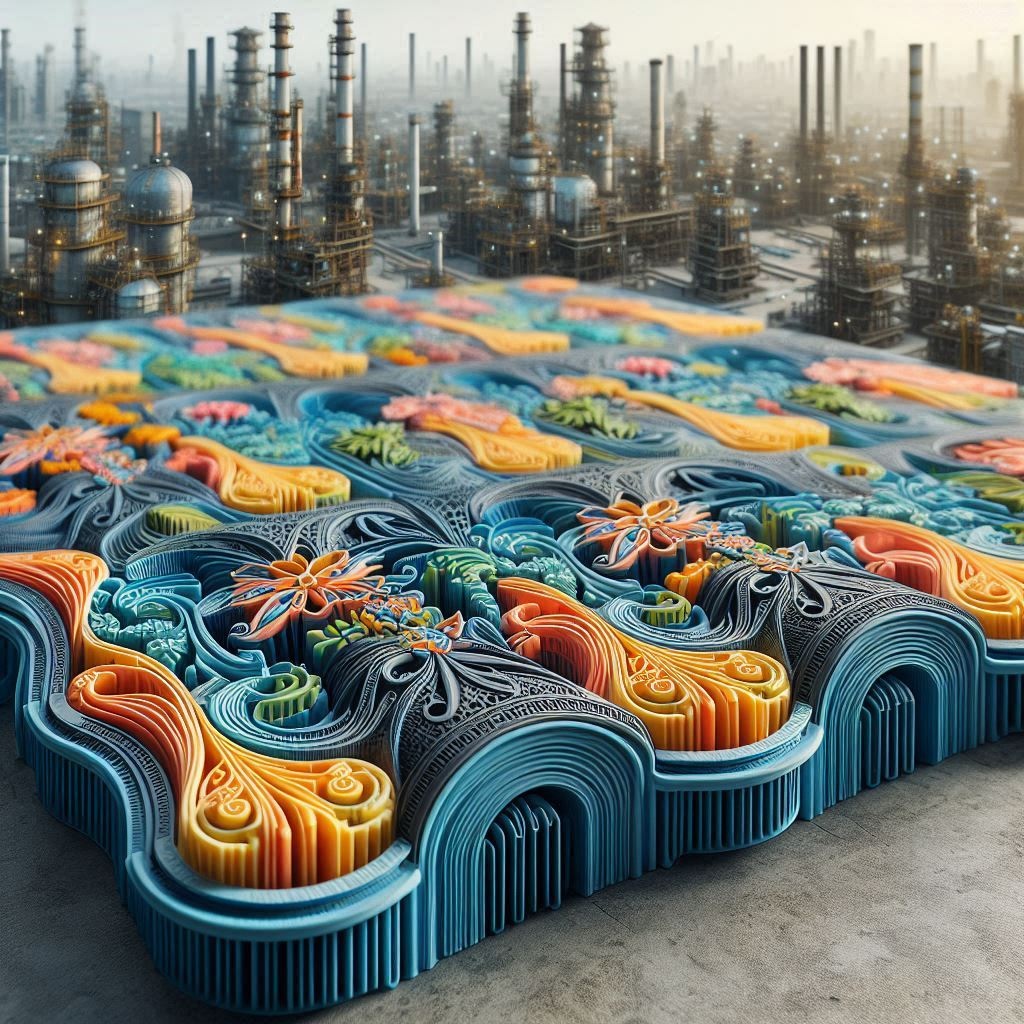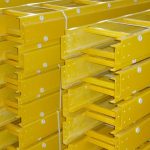The process of manufacturing FRP moulded gratings uses a precise concentration of resin and fiberglass to create strong, corrosion-resistant products. The first step involves laying fiberglass roving in a mould, and then, after that, adding resin—typically polyester, vinyl ester, or epoxy—in a controlled manner to ensure the correct saturation. The mixture is cured in a predetermined temperature and pressure range to create a solid grid. After it cures, the grating is demoulded, trimmed, and inspected for uniformity and strength. The moulding method ensures that the FRP mould grating will have a consistent load-bearing capacity and dimensions, making FRP moulded gratings ideal for industrial, marine, and chemical environments.
Applications of FRP Moulded Gratings in different industries
FRP moulded gratings are used in a variety of industries because of their corrosion resistance, lightweight strength, and non-conductive qualities. The chemical and petrochemical industries will use them for flooring, walkways and trench covers in environments that are extremely corrosive. The marine industry will use FRP gratings for offshore platforms, docks and ship decks because they are continuously exposed to saltwater. A wastewater treatment plant will use FRP gratings for wet and slippery areas due to the anti-slip surface. FRP moulded gratings are also used in power plants, food processing plants, telecom facilities, etc., because they have electrical insulation and require limited maintenance, and are therefore an effective alternative to metal gratings.
Tips for selecting the best FRP Moulded Gratings India for your infrastructure projects
When looking to select the best FRP moulded gratings India for your infrastructure projects, it is important that you think about some consideration factors that should be aligned with your application. First check the load requirements and select gratings that most nearly meet the load requirements with respect to thickness, mesh size and resin type (for example, vinyl ester for high chemical resistant), if applicable. Next check if the manufacturer follows the industry standard and provides quality certification. This will ensure that the gratings will work as expected under normal to extreme conditions for many years to come. The other considerations should include anti-slip surfaces, UV resistant boards, fire retardancy and so forth – which all speak to additional safety and performance factors for your civil engineering project. Finally, it will be useful to partner with a reputable Indian Manufacturer who can customize, manufacture and deliver to your requirements, then continue their support after sales; this will be very useful to execute your project efficiently.
Conclusion
Understanding the manufacturing process of FRP moulded gratings is key to appreciating their superior performance in demanding environments. The precision involved in combining resin and fiberglass, followed by controlled curing and quality inspections, results in a product that offers consistent structural integrity, high strength-to-weight ratio, and resistance to corrosion and wear. This engineered reliability makes FRP moulded gratings a smart, long-term investment for industries seeking durable and low-maintenance solutions for platforms, walkways, and structural flooring in harsh operational conditions.



